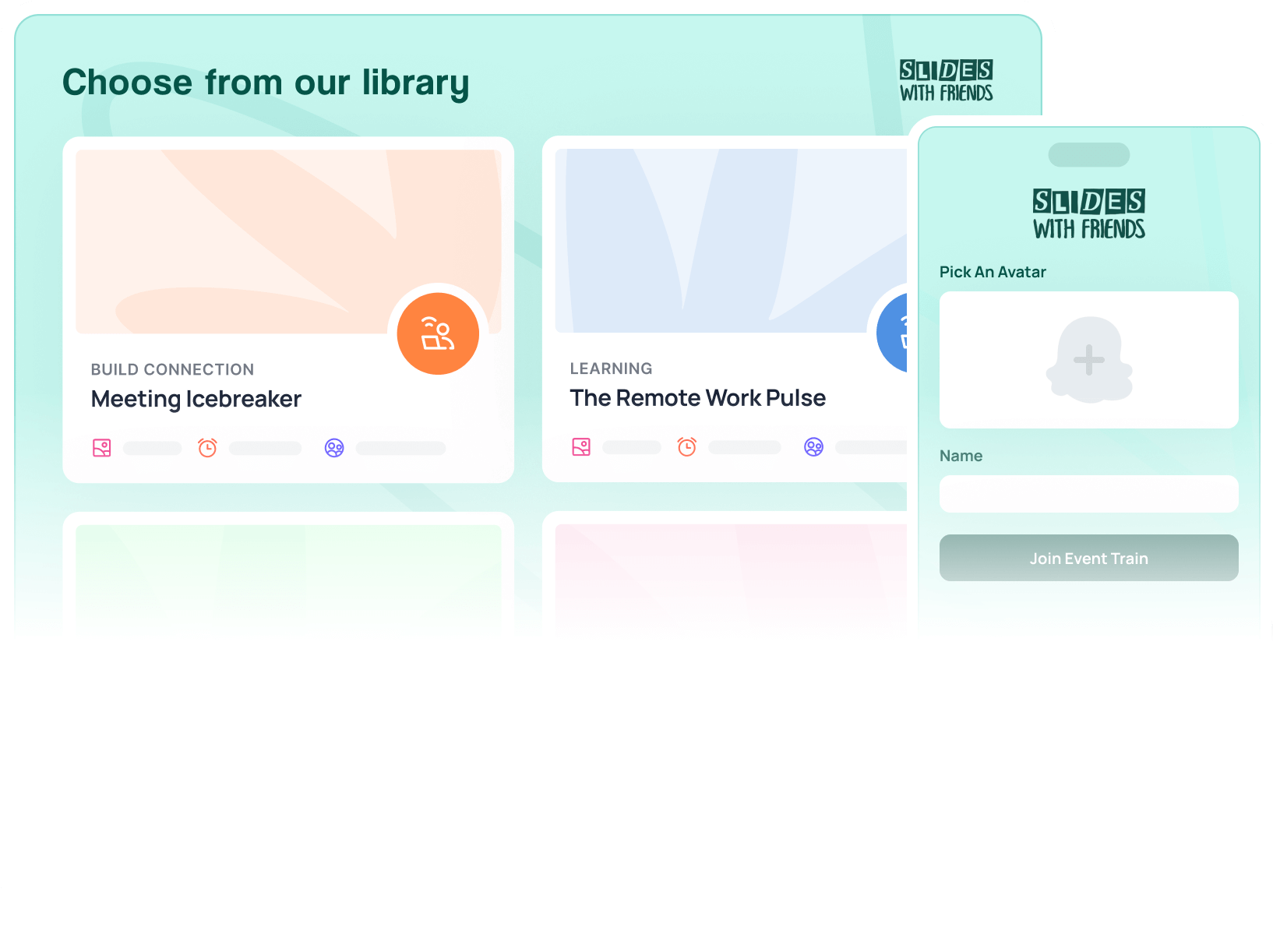Make Your Own Classroom Jeopardy Game
How can students review material while still having fun? Simple—by playing classroom jeopardy. Learn how to create a unique version of this classic trivia game to get your students excited to learn.

Lesson-based games positively impact students' performances and keep them engaged, especially for review-type lessons. One activity that works incredibly well for reviewing is classroom jeopardy. The style of jeopardy works best when you need to test your students' knowledge on fact-heavy topics. And because classroom jeopardy is an interactive activity, it has all the benefits of other classroom games.
For example, research suggests fun games will do the following for students:
- Increase motivation: According to the 2011 study, classroom games increase kids’ motivation when the activity is not just a side note but an integral part of the lesson.
- Help with problem-solving: A recent study suggests that students who used a simulation game to create their own cities had better problem-solving skills than those who used traditional methods to learn about cities.
- Boost attentiveness: Researchers at the University of Wisconsin recently conducted a study. The findings suggest that games help shape students' attention and train their minds on how to learn.
- Engage students: A 1992 study indicates that when students approach a lesson as a game, it makes them more receptive to learning.
One way to give your students the best chances of performing on tests or quizzes, using a gamified approach like classroom jeopardy to review material will work wonders.

How to Play a "Classroom Jeopardy" Type Game
Classroom jeopardy is easy to play. All you need is the right platform to get started - And you can use Slides With Friends for that part! Offering many games to play with students, Slides With Friends provides a way to gamify your lessons, engage your class, and increase participation.
It’s also easy to use, so you don’t need any technical skills.
Even better, Slides With Friends works for in-person or virtual games of classroom jeopardy—you just need a screen to display the activity. If you're in-person, use the projector and screen in your classroom. And if you're meeting virtually, use Zoom or another online meeting tool to play the game and share your screen.
Students will need their mobile devices to participate in any Slides With Friends activity. They'll use their phones to enter the game and answer questions.
To ensure your game of classroom jeopardy goes well, here's how you should set it up on Slides With Friends.
1. Create a Trivia Game Based on Your Lesson
Once you create an account on Slides With Friends, you'll want to look at the trivia game decks. These will be the best templates for classroom jeopardy, as they'll easily let you add questions and answers.

Most trivia decks have different types of prompts to keep things interesting. For example, you'll see text answer questions and multiple choice questions you can update to personalize them to your lesson.
Copy one of these decks into your account and use it as a base to start your own trivia question jeopardy deck!
2. Add Questions with Escalating Points
No game of jeopardy is complete without a great point system, so make sure certain questions are worth more points. You can either make each prompt progressively harder or keep students on their toes by having no particular order. Either option works for Slides With Friends. Simply choose the number of points for each question individually by clicking the "medal" icon in the left menu.

3. Break the Game up into Rounds
Slides With Friends makes it easy to have rounds in classroom jeopardy. This feature is great if the topic you're reviewing has different subtopics or if your game is set up to get more challenging as time goes on.
If you want to create a new round, just add a slide that indicates which round you're about to start. You can make these slides a different color to help them stand out and give students a visual cue that a new round is beginning.

4. Show Scores Between Rounds and at the End
During classroom jeopardy, let students know where they stand by showcasing correct answers and scores between rounds and at the end. You can do the former by using an Answer Summary slide to conclude a round, which will provide the answers from that particular round.
Keep in mind this slide will only work for questions that come with a correct answer. For example, if there’s a correct answer to a multiple choice or text answer question, the Answer Summary slide will show it. This feature is especially handy if you prefer to ask all the questions in a round before revealing any answers.
Additionally, to see who’s winning, put a Score Summary slide at the end of each round to show the top ten players’ total points. This slide will rank the players based on their scores and showcase the top ten one by one.

5. Have Prizes for the Winners (And a Tie-breaker if Necessary)
A friendly competition should always come with prizes, so award the winners with something small but meaningful. It could be a gift card, stickers, or themed sticky notes. Also, if you think you may have too many winners, have a difficult tie-breaker question ready to go

Slides With Friends Makes Classroom Jeopardy Fun and Easy

Classroom jeopardy is an excellent way to help students review material while having fun. And with Slides With Friends, you can build this game easily and without any hassle. It won’t take hours to create. It’ll just take a desire to help your students learn in a fresh, fun, and engaging way.


Ready to ditch the dull, and run team sessions that people will actually enjoy?
Get started with a Slides with Friends deck in no time. We’ve got all the interactive features you need in one easy-to-learn, easy-to-set-up tool.















